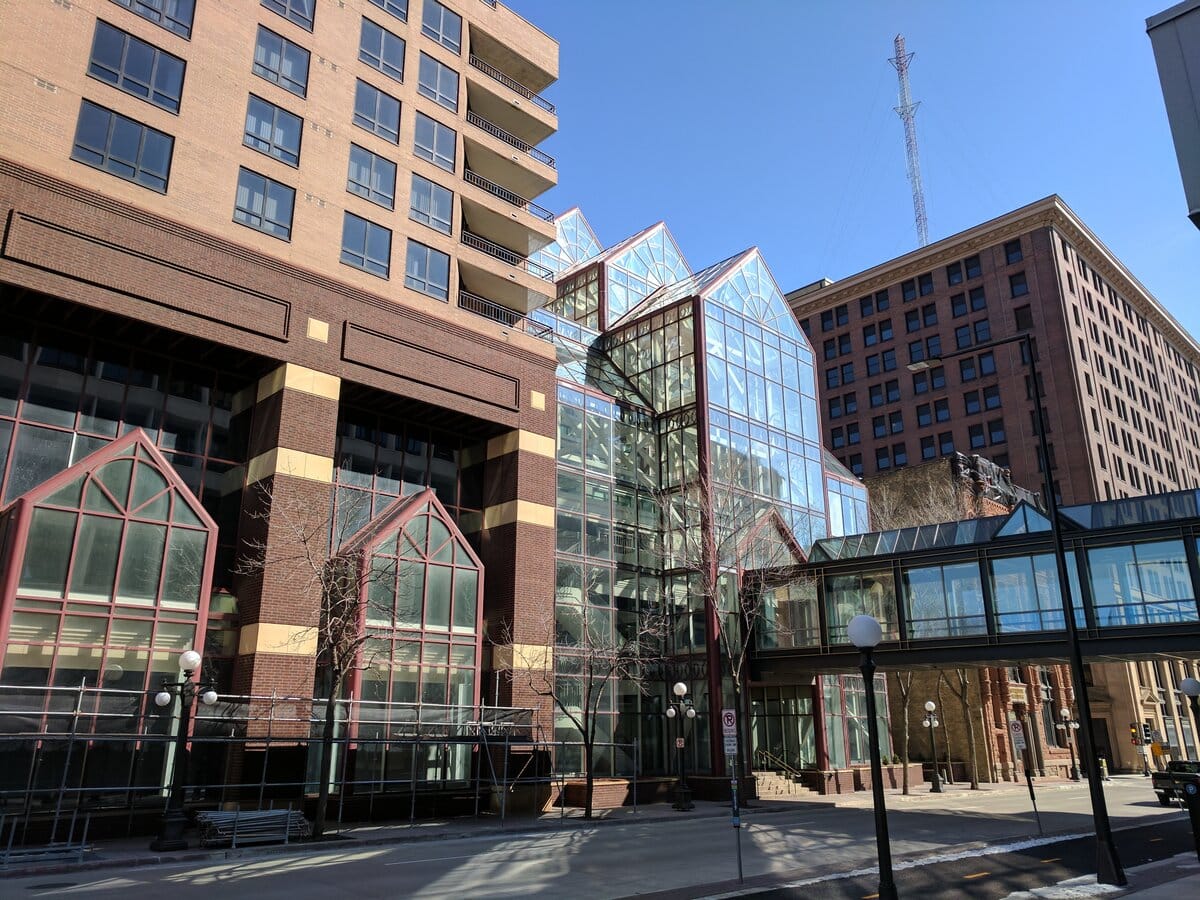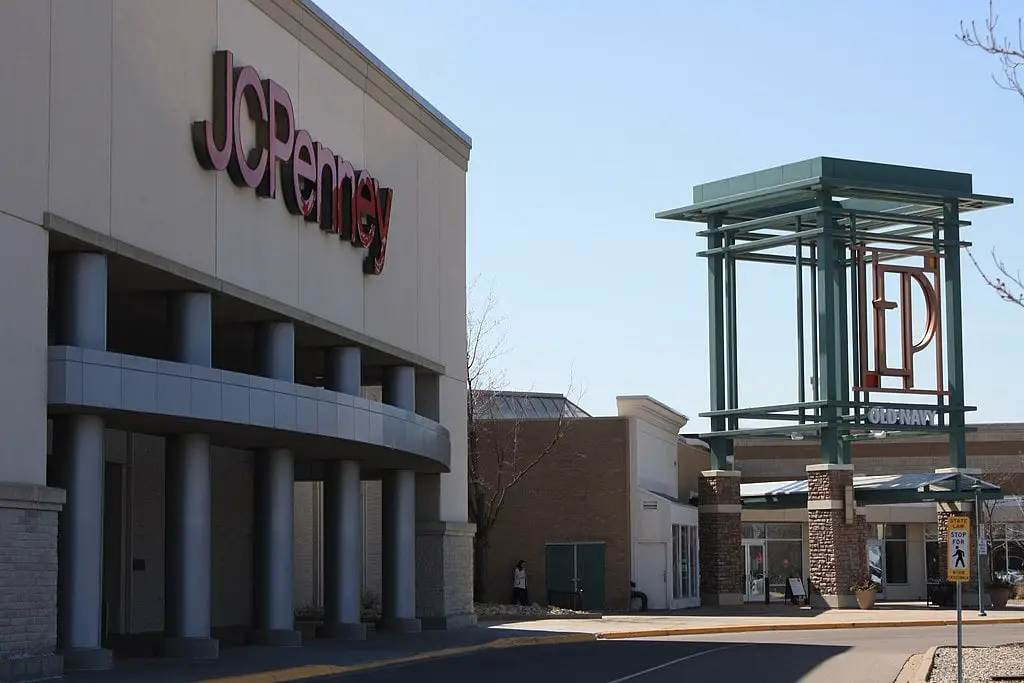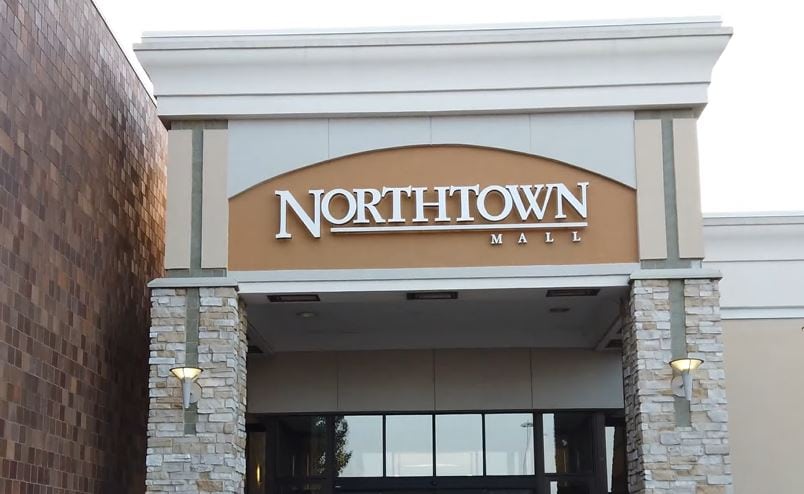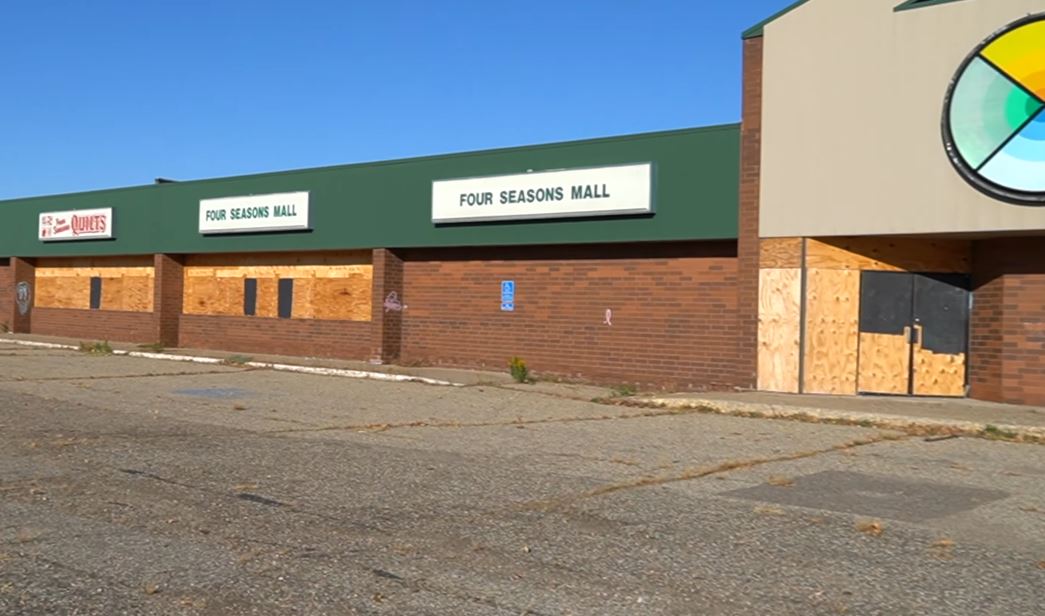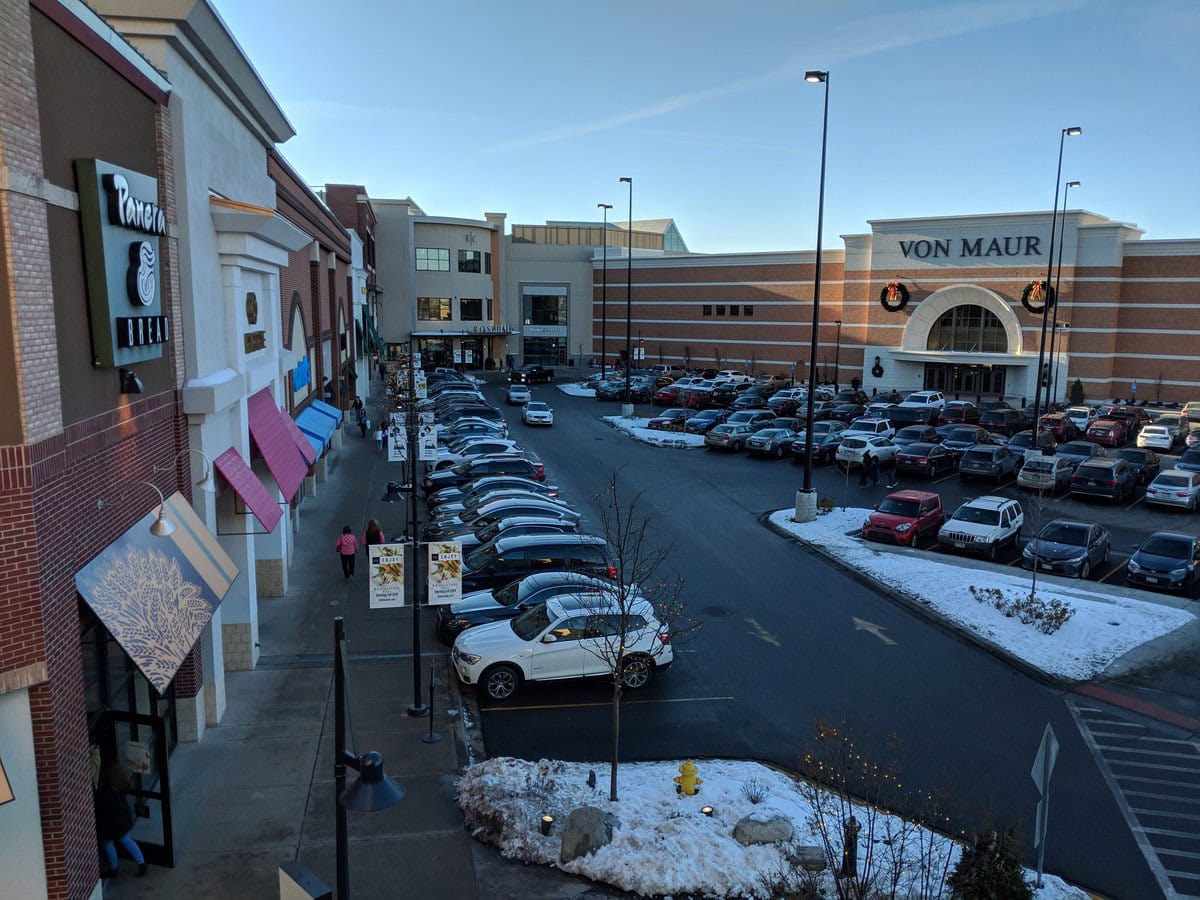The Business Case for Rosedale Center: Origins and Market Strategy
In the late 1960s, the Twin Cities retail landscape was evolving rapidly. Dayton-Hudson Corporation, already behind the success of Southdale Center and Brookdale Center, looked to expand its footprint with a new enclosed shopping mall.
The goal was clear - capitalize on the growing population of northern Ramsey County and create a retail hub that could compete with downtown department stores and suburban strip malls.
Strategic Site Selection
In 1966, Dayton-Hudson announced plans for Rosedale Center Mall. The location in Roseville, Minnesota, wasn't chosen at random.
The company analyzed demographic trends and found that suburban expansion north of St. Paul was fueling demand for retail space.
The site's proximity to major highways also helped, making it accessible for shoppers from Minneapolis, St. Paul, and surrounding suburbs.
Interestingly, the 150-acre tract of land had been in commercial hands long before construction began.
Donaldson's, another major department store chain, had purchased it in 1952, originally intending to build a shopping center of its own.
Those plans never materialized, and the land remained undeveloped for over a decade. Once Dayton-Hudson set its sights on Roseville, that changed quickly.
Development and Retail Positioning
Construction on Rosedale Center kicked off in May 1968. The mall's layout followed the proven model of Southdale Center, America's first fully enclosed shopping mall.
Victor Gruen and Associates, known for designing some of the era's most successful retail properties, handled the architectural work.
The mall would be anchored by Dayton's and Donaldson's, both dominant names in Minnesota retail.
Opening and Market Impact
Rosedale Center opened in August 1969 with a ceremony led by Roseville's mayor, Don Moll.
The event drew thousands of shoppers eager to explore the newest addition to the Twin Cities retail scene.
The timing was ideal - suburban shopping was booming, and enclosed malls offered a year-round alternative to outdoor retail spaces.
Rosedale's success also influenced commercial development in the surrounding area. Within a few years, new restaurants, hotels, and office buildings popped up nearby, benefiting from the increased foot traffic.
The mall played a direct role in shaping Roseville's commercial district, making it a key retail and business center between Minneapolis and St. Paul.
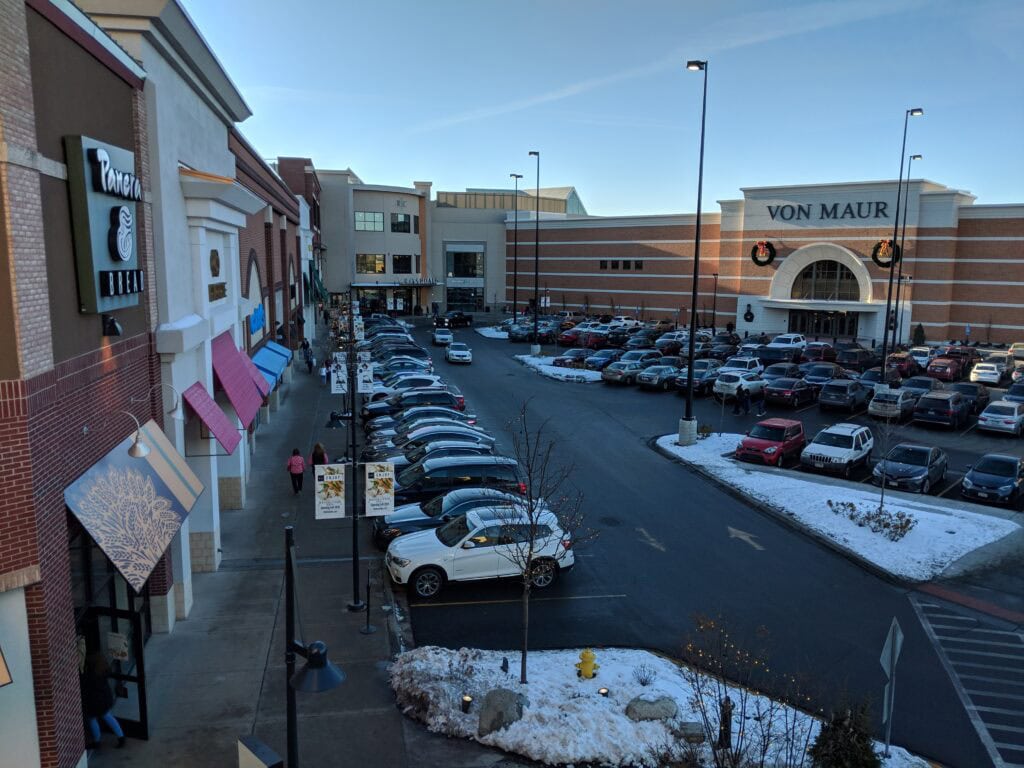
Expansion and Retail Growth: Building on Success
Rosedale Center didn't stay the same for long. As the Twin Cities grew, so did the demand for retail space.
By the mid-1970s, the mall was already drawing heavy foot traffic, and developers saw an opportunity to expand.
In 1976, they extended the mall's north wing and added JCPenney as a new anchor store. This addition brought in more shoppers and strengthened the mall's lineup of department stores.
A few years later, another major player joined the mix - Montgomery Ward. Opening in 1979, the new store took over a large space and added another household name to Rosedale's roster.
This move further established the mall as a major retail hub in the Twin Cities metro. The late '70s expansion also made room for smaller specialty stores, broadening the shopping experience.
Modernization and Market Adaptation
By the early 1990s, retail trends were shifting. More malls were upgrading their interiors, and competition was heating up.
To keep up, Rosedale Center underwent a major renovation in 1992. The project included:
- A new Dayton's store (which later became Marshall Field's in 2001 and then Macy's in 2006)
- Expanded retail spaces to accommodate more tenants
- Two new parking garages to handle increasing visitor numbers
This renovation helped the mall maintain its edge in the growing Twin Cities retail market. The addition of a larger, updated Dayton's provided a modernized shopping experience, drawing in customers from surrounding areas.
New Developments and Changing Anchors
By the early 2000s, anchor stores were shifting. Donaldson's, which had become Carson Pirie Scott, transitioned to Mervyn's in 1995.
However, Mervyn's struggled nationwide, and in 2004, its Rosedale location shut down. The mall's owners saw an opportunity to bring in a fresh concept.
Instead of replacing the empty store with another department store, they took a different approach.
In 2005, developers demolished the vacant east anchor space and reimagined the area as an open-air lifestyle wing, later called The Plaza at Rosedale Center.
This new addition, which opened in November 2006, brought in a mix of retail, dining, and entertainment options.
The project's highlight was the opening of a 14-screen AMC Theatre in December 2006. The movie theater quickly became a popular draw, especially for younger visitors and families.
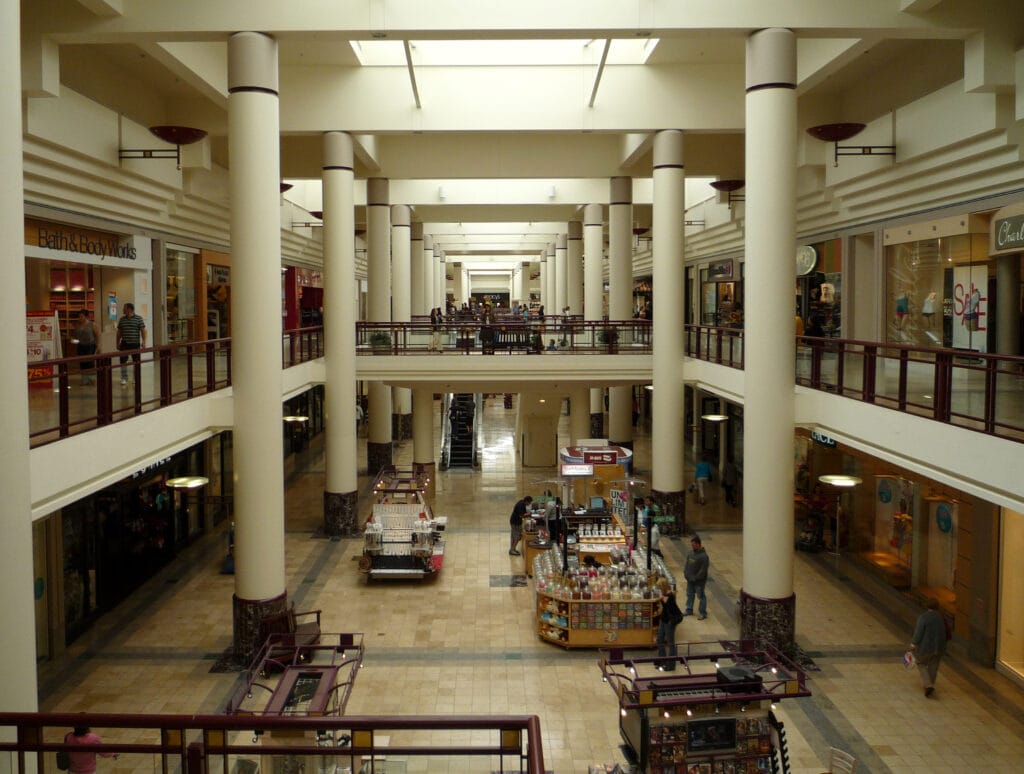
Anchor Store Transformations: Adapting to Retail Shifts
Rosedale Center has seen plenty of anchor store changes over the years. Some stores expanded, some rebranded, and others disappeared altogether. Each shift reflected changes in consumer habits and the broader retail landscape.
The Dayton's to Macy's Transition
For decades, Dayton's was the pride of Minnesota retail. The department store chain had deep local roots, and its presence at Rosedale was a major draw.
However, in 2001, following a corporate restructuring, Dayton's stores were rebranded as Marshall Field's. The name change didn't last long.
In 2006, Macy's acquired Marshall Field's and converted all its locations, including Rosedale's, into Macy's stores.
Herberger's: A Brief Stay and Eventual Closure
In 2013, Herberger's opened as an anchor tenant, taking over a space that had previously housed various retailers.
The department store was part of Bon-Ton Stores, which operated multiple brands across the Midwest.
However, in April 2018, Bon-Ton announced its liquidation, leading to the closure of all Herberger's locations, including the one at Rosedale. The store closed its doors for the last time on August 30, 2018.
The Rise of Von Maur and Dick's Sporting Goods
While some department stores struggled, Von Maur saw potential in Rosedale. As part of the mall's 2015 expansion plan, the high-end retailer opened a 140,000-square-foot store in October 2018.
This move introduced a fresh option for shoppers looking for luxury brands.
Meanwhile, the former Herberger's space sat vacant for a couple of years. In 2021, the building was demolished, making way for another retailer.
Construction wrapped up in 2024, and the space reopened as a new flagship Dick's Sporting Goods.
This addition brought a new retail category to Rosedale: sports gear, outdoor equipment, and athletic apparel.
Challenges and Resilience: Navigating Retail Shifts
When the Mall of America opened in Bloomington in 1992, it changed the retail scene in Minnesota.
With over 500 stores, an indoor amusement park, and major attractions, it drew shoppers away from traditional malls.
Like other regional shopping centers, Rosedale Center had to adjust. Instead of trying to compete on sheer size, it focused on convenience, variety, and an easy-to-navigate layout.
The 2008 financial crisis damaged retail businesses across the country. Consumers cut back on spending, and department stores struggled.
Some national chains downsized or closed locations entirely. While Rosedale saw some turnover, it managed to retain most of its major tenants.
Like many malls, Rosedale Center faced temporary closures in 2020 due to the COVID-19 pandemic. Retailers struggled as in-person shopping dropped, and some stores shut down permanently.
The mall eventually reopened with safety measures in place, but the pandemic had lasting effects on shoppers' behavior.
In May 2020, protests erupted across Minneapolis and St. Paul following the death of George Floyd.
During the unrest, Rosedale Center and surrounding stores were looted, forcing businesses to close temporarily. The damage required repairs, and some retailers took longer to reopen.
Despite this setback, the mall recovered. Storefronts were repaired, and retailers restocked.
By late 2020, most businesses were operating again. While the events of that summer left a mark, they didn't derail the mall's long-term stability.

Rosedale Center Today and Future Prospects
As of 2025, Rosedale Center remains one of Minnesota's busiest malls. Its mix of shopping, dining, and entertainment continues to attract visitors from across the metro area.
Current Anchor Stores and Retail Mix
Rosedale's anchor lineup has changed over the decades, but it remains strong. Today, the mall is home to:
- Macy's - A longtime presence offering fashion, beauty, and home goods
- Von Maur - A higher-end department store that opened in 2018
- JCPenney - One of the mall's original anchors, still serving shoppers with a wide range of products
- AMC Theatres - A 14-screen movie theater, added in 2006 as part of the lifestyle wing
- Dick's Sporting Goods - Opened in 2024, bringing outdoor and athletic gear to the mall
Beyond its anchor stores, Rosedale houses about 130 specialty retailers, including fashion brands, electronics stores, and home décor shops.
Restaurants and quick-service food options also play a major role, drawing both shoppers and visitors looking for a place to eat.
In late 2024, it was announced that Ebisu, a retailer based in Osaka, Japan, plans to open a new store at Rosedale Center in early 2025.
This will be Ebisu's third location in the Twin Cities. It will offer shoppers a wide range of Japanese products.
Looking ahead, Rosedale Center is set to host an event on February 1, 2025, transforming the mall into a hub of innovation and creativity as young entrepreneurs showcase their ventures.
This initiative underscores the mall's commitment to community involvement and support for emerging talent.



